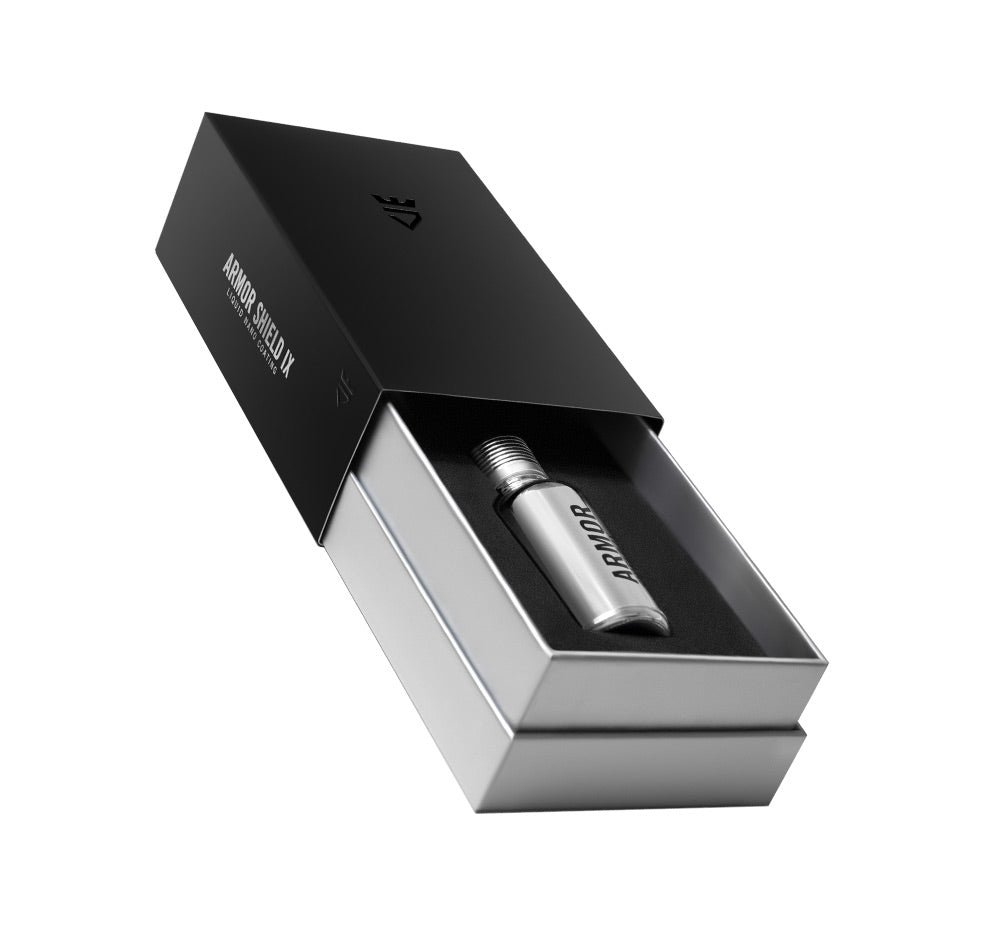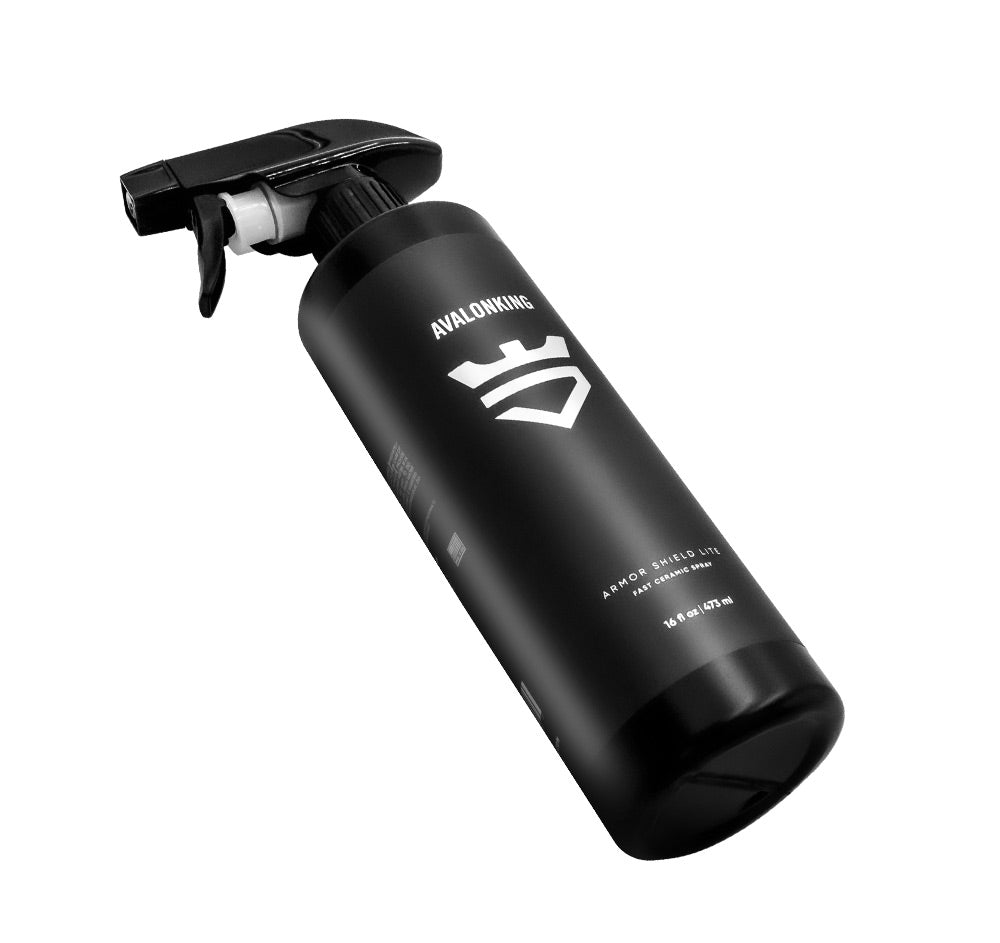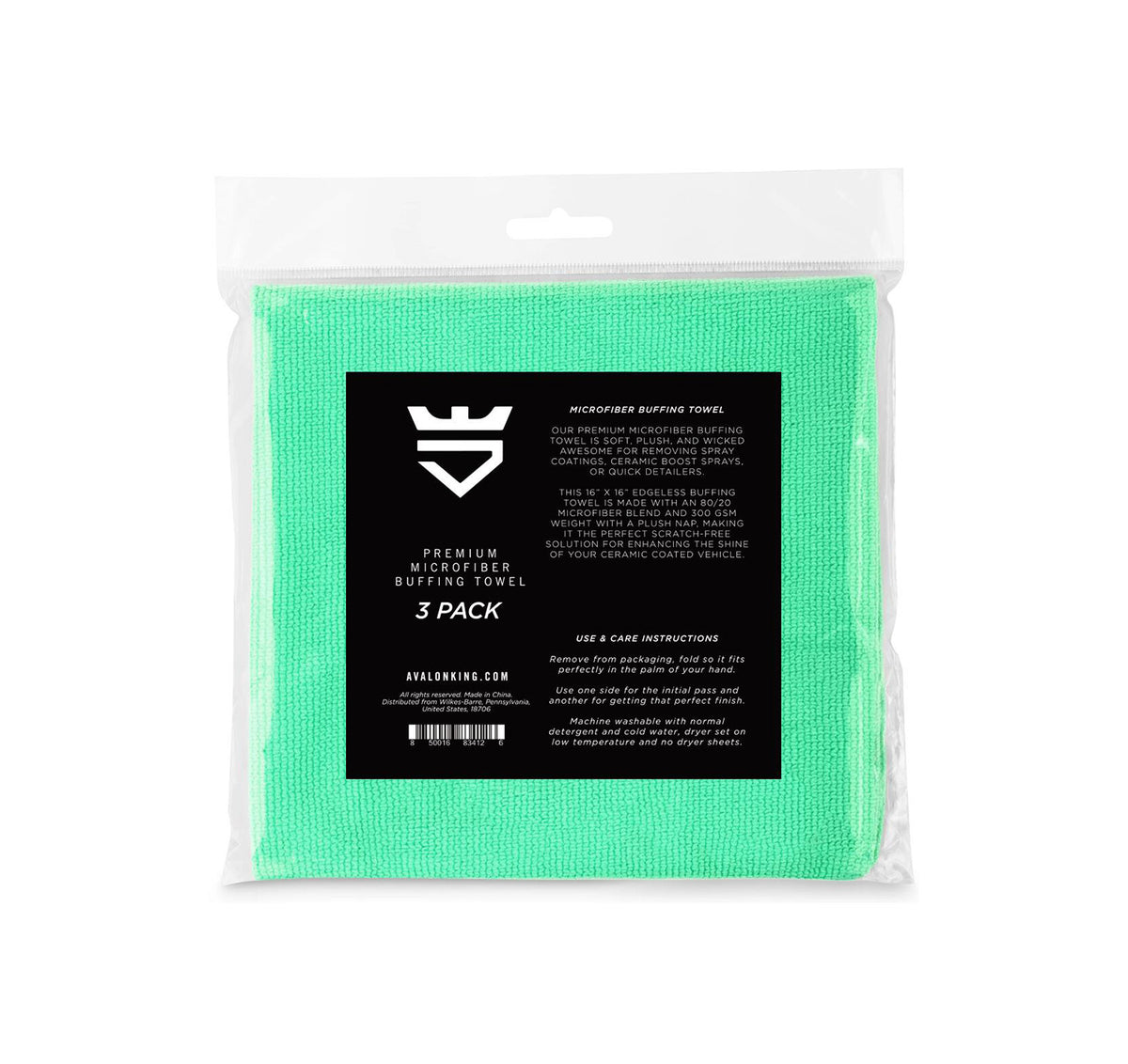What is Application Process? Explained by AvalonKing
The application process of ceramic coating is a meticulous procedure that requires a deep understanding of the product, the surface it will be applied to, and the conditions under which it will be used. This glossary entry will delve into the intricacies of the application process, providing a comprehensive guide to each step, the tools required, and the potential challenges that may arise.
While the application process may seem daunting at first, with the right knowledge and preparation, it can be a rewarding experience that results in a long-lasting and durable protective layer for your vehicle. This glossary entry aims to equip you with the knowledge and understanding required to successfully navigate the application process of ceramic coating.
Understanding Ceramic Coating
Ceramic coating is a liquid polymer that is applied by hand to the exterior of a vehicle. It chemically bonds with the vehicle's factory paint, creating a layer of protection. This coating is not a substitute for paint protection film, but rather a supplement that provides a different type of protective barrier.

The coating can protect the vehicle against damage from UV rays, scratches, chemical stains, and even graffiti. It also offers a high gloss finish that can make the vehicle look like new for longer. However, the effectiveness of the ceramic coating is highly dependent on the application process, which is why understanding this process is crucial.
Benefits of Ceramic Coating
The benefits of ceramic coating extend beyond just protection. It also enhances the appearance of the vehicle, giving it a glossy, fresh-off-the-lot look. The coating is also hydrophobic, meaning it repels water. When a vehicle has a hydrophobic ceramic coating, water will bead on the surface and slide off more easily.
Another benefit of ceramic coating is its longevity. Unlike wax or sealants that require frequent reapplication, ceramic coating lasts for years. This long lifespan makes it a cost-effective solution for those looking to protect their vehicle and maintain its appearance over time.
Preparation for Application
The first step in the application process of ceramic coating is preparation. This involves thoroughly cleaning the vehicle to remove any dirt, grime, or contaminants that could interfere with the adhesion of the coating. The vehicle should be washed with a high-quality car wash soap, and any stubborn contaminants should be removed with a clay bar.
Once the vehicle is clean, it should be dried using a microfiber towel to prevent water spots. The vehicle should then be inspected for any scratches or swirl marks. If any are found, they should be corrected before proceeding with the application of the ceramic coating.
Tools Required
The tools required for the application of ceramic coating include a high-quality ceramic coating product, a microfiber applicator pad, and a microfiber towel. The applicator pad is used to apply the coating to the vehicle, while the towel is used to buff the surface and remove any excess product.
It's also recommended to have a pair of nitrile gloves to protect your hands during the application process, and a mask to protect against inhaling any fumes from the product. A well-lit environment is also crucial to ensure that the coating is applied evenly and any excess product is properly removed.
Application Process
The application process of ceramic coating involves applying the product to the applicator pad and then spreading it onto the vehicle's surface. The coating should be applied in a cross-hatch pattern to ensure even coverage. After the product has been applied, it should be allowed to cure for a few minutes before being buffed off with a microfiber towel.
It's important to work in small sections to prevent the coating from drying too quickly. If the coating dries before it can be buffed off, it can cause high spots that will need to be polished out. After the entire vehicle has been coated, it should be allowed to cure for at least 24 hours before being exposed to the elements.
Common Mistakes
There are several common mistakes that can occur during the application process of ceramic coating. One of the most common is not properly preparing the surface. If the vehicle is not thoroughly cleaned and any scratches or swirl marks are not corrected, the coating will not adhere properly and the results will be less than optimal.
Another common mistake is applying too much product. This can result in high spots and streaking. It's important to use the product sparingly and to buff off any excess to achieve a smooth, even finish. Finally, not allowing the coating to cure properly can result in the coating not bonding properly with the paint, reducing its effectiveness and longevity.
Maintenance of Ceramic Coating
Once the ceramic coating has been applied and has cured, it's important to maintain it properly to ensure its longevity. This involves regular washing with a pH neutral car wash soap to prevent any buildup of dirt or contaminants. It's also recommended to avoid using abrasive materials or techniques that could scratch the coating.
While ceramic coating is resistant to most chemicals, it's still important to avoid exposure to harsh chemicals whenever possible. If the vehicle is exposed to such chemicals, it should be washed as soon as possible to prevent any potential damage. Regular inspections of the coating can also help identify any areas that may need to be touched up.
Long-Term Care
Long-term care of ceramic coating involves regular inspections and touch-ups as needed. If any high spots or streaks are noticed, they should be corrected as soon as possible to prevent any further damage. It's also important to reapply the coating as needed to maintain its protective properties.
With proper care and maintenance, ceramic coating can last for several years, providing a high level of protection and enhancing the appearance of the vehicle. However, it's important to remember that ceramic coating is not a one-time solution and requires ongoing care to maintain its effectiveness.
Conclusion
The application process of ceramic coating is a detailed procedure that requires a good understanding of the product and the process. With the right preparation, tools, and technique, it can result in a durable and long-lasting protective layer for your vehicle.
While the process may seem daunting, with the information provided in this glossary entry, you should be well-equipped to navigate the application process of ceramic coating. Remember, the key to a successful application is preparation, patience, and attention to detail.
Ready to achieve that perfect shine and protection for your vehicle? Explore AvalonKing's range of premium car care products, including our renowned ceramic coating solutions. With years of expertise in vehicle maintenance, we ensure that you get only the best quality for your car. Check out our products today and take the first step towards a flawless finish for your ride.










